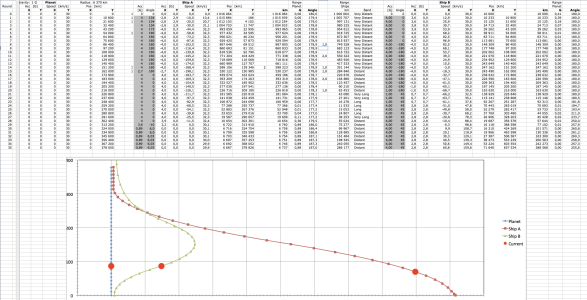Accepting that CT book 5:
- is a lot of fun as a game but is not a very good simulation and appears to have taken some liberties in the interest of fun and simplicity,
- gives us incredibly armored battleships that nonetheless dance with the same agility as a similarly sized unarmored tanker,
- gives us trope lasers that can't actually do what they do without assuming the creation of incredibly powerful gravitics that seem to draw no power and aren't reflected elsewhere in the technological landscape - unless this is what's delivering proton-proton reactions in our power plants, and our power plants are a lot bigger,
- gives us missiles with incredible missile-size propulsion systems that allow them to cross vast distances quickly, and yet they can't do the kind of damage that the required velocities would imply - and those remarkable propulsion systems aren't reflected elsewhere in the technological landscape either, certainly not at the tech level at which they appear,
- and gives us reserve rules whose basis has been challenging for the community to come to consensus on,


